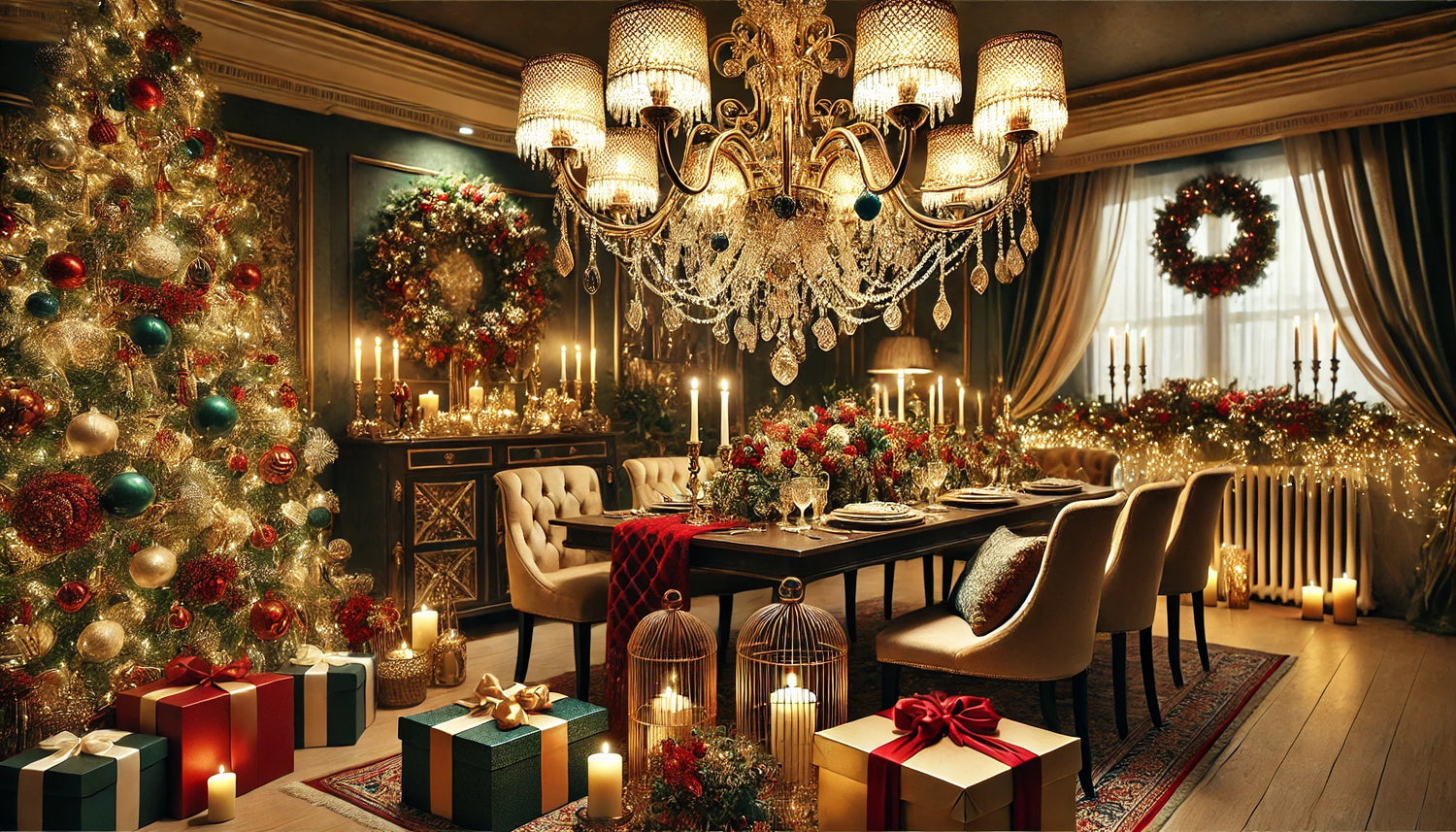Pendant lights are a popular choice in modern home decor, offering a sleek and stylish way to illuminate spaces. From kitchens and dining rooms to living rooms, pendant lights can add an artistic flair and provide focused lighting. However, while pendant lighting has many advantages, it’s essential to understand its potential drawbacks before making them a central part of your lighting plan.
In this article, we will explore the disadvantages of pendant lighting, providing an overview of common issues and how they may impact the function and style of your home.
Pendant Lights Can Be Difficult to Install
One of the most significant drawbacks of pendant lights is the complexity of their installation. Unlike floor lamps or table lamps, which can simply be plugged in and turned on, pendant lights require professional installation. This often involves wiring, mounting the light properly, and ensuring it's securely anchored. If the light is not installed correctly, it could cause problems with stability, increasing the risk of it falling, especially in high-traffic areas.
Moreover, pendant lights can be tricky to install in homes with low ceilings. If the ceiling height is insufficient, the pendant light can feel intrusive, and you may risk bumping into it. This makes them a less favorable choice for small rooms or low-ceilinged areas than ceiling lights, which offer a more compact lighting solution. If you're dealing with low ceilings, ceiling lights from our ceiling light collections may be a better option.
Also, read - Creative Lighting Ideas: How to Use Chandeliers in Non-Traditional Spaces
Issues with Pendant Light Placement
Another drawback of pendant lights is the difficulty in choosing the correct placement. The wrong height or location can lead to glare problems or insufficient lighting in crucial areas. Pendant lights are typically installed over kitchen islands, dining tables, or in living rooms, but improper placement can lead to uneven lighting, either too focused or too dispersed, which affects the overall ambiance of the room.
In comparison, chandeliers, particularly living room chandeliers or dining room chandeliers, provide more comprehensive lighting coverage and can often be a more suitable choice for spaces that require even illumination across the room. A living room chandelier or dining room chandelier can serve as a central piece while illuminating larger areas more effectively.
Also, read - Eco-Friendly Duvet Covers: Sustainable Bedding for a Greener Bedroom
Limited Lighting Coverage
While pendant lights provide excellent task lighting, their small, focused beams may not be sufficient to light an entire room. This is especially true in open-plan living spaces, where a single pendant light might leave corners of the room in shadow. For such areas, wall lights or floor lamps can offer supplementary lighting that fills the gaps. In living rooms, for example, combining pendant lights with wall lights can create a layered lighting effect that illuminates the room from various angles. You can explore a wide variety of wall lights and table lamps on Decorlane that can complement pendant lighting and solve this issue.
Also, read - Chandeliers vs. Pendant Lights: Choosing the Right Lighting for Your Home
Pendant Lights and Ceiling Height Limitations
As previously mentioned, ceiling height is an important consideration when choosing pendant lights. In homes with low ceilings, pendant lights can hang too close to head level, creating an awkward and potentially hazardous situation. This is particularly an issue in kitchens and dining rooms, where you need ample space for movement. Chandeliers and ceiling lights, particularly those with flush mounts, are generally better suited for low-ceiling rooms, as they provide a broader, more balanced illumination without taking up vertical space.
If you're working with a high-ceiling space, pendant lights can work well, but it's essential to carefully measure the distance between the light fixture and the surface below to ensure proper clearance and avoid any discomfort or interference with daily activities.
Limited Style Versatility
While pendant lights come in a variety of designs, they may not suit every style or room in your home. For example, pendant lights in a modern or industrial style might clash with a traditional or rustic interior. In contrast, chandeliers, especially those designed for bedrooms, living rooms, or staircases, often offer more versatility in terms of style. A bedroom chandeliers can add a touch of elegance and sophistication that a pendant light might lack.
For more traditional or luxurious spaces, you might want to explore designer chandeliers or luxury chandeliers that elevate your decor with a more opulent look. Alternatively, pendant lights work best in minimalist or contemporary designs, but it’s important to ensure that the design of the pendant fits well with your home’s overall aesthetic.
Also, read - How to Choose the Perfect Chandelier for Every Room in Your Home
Maintenance and Cleaning Challenges
Pendant lights, especially those with intricate designs or placed in high spaces, can be difficult to clean. Dust and grime can accumulate on the fixtures over time, affecting their appearance and the quality of light they provide. Chandeliers, though often larger, usually have easier-to-reach components for cleaning due to their central placement in the room.
For pendant lights hung in higher or hard-to-reach areas, you might need specialized cleaning tools or professional cleaning services, making them less practical compared to other lighting options such as wall lights or floor lamps, which are much easier to maintain. If maintenance is a concern, flush-mounted ceiling lights or floor lamps might be more practical lighting solutions for your space.



